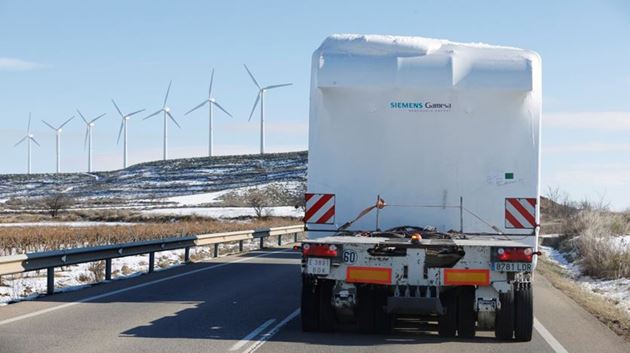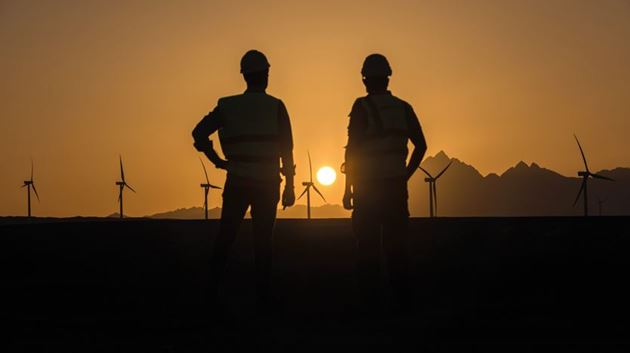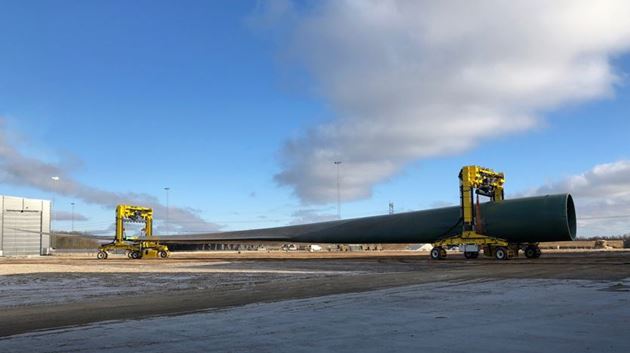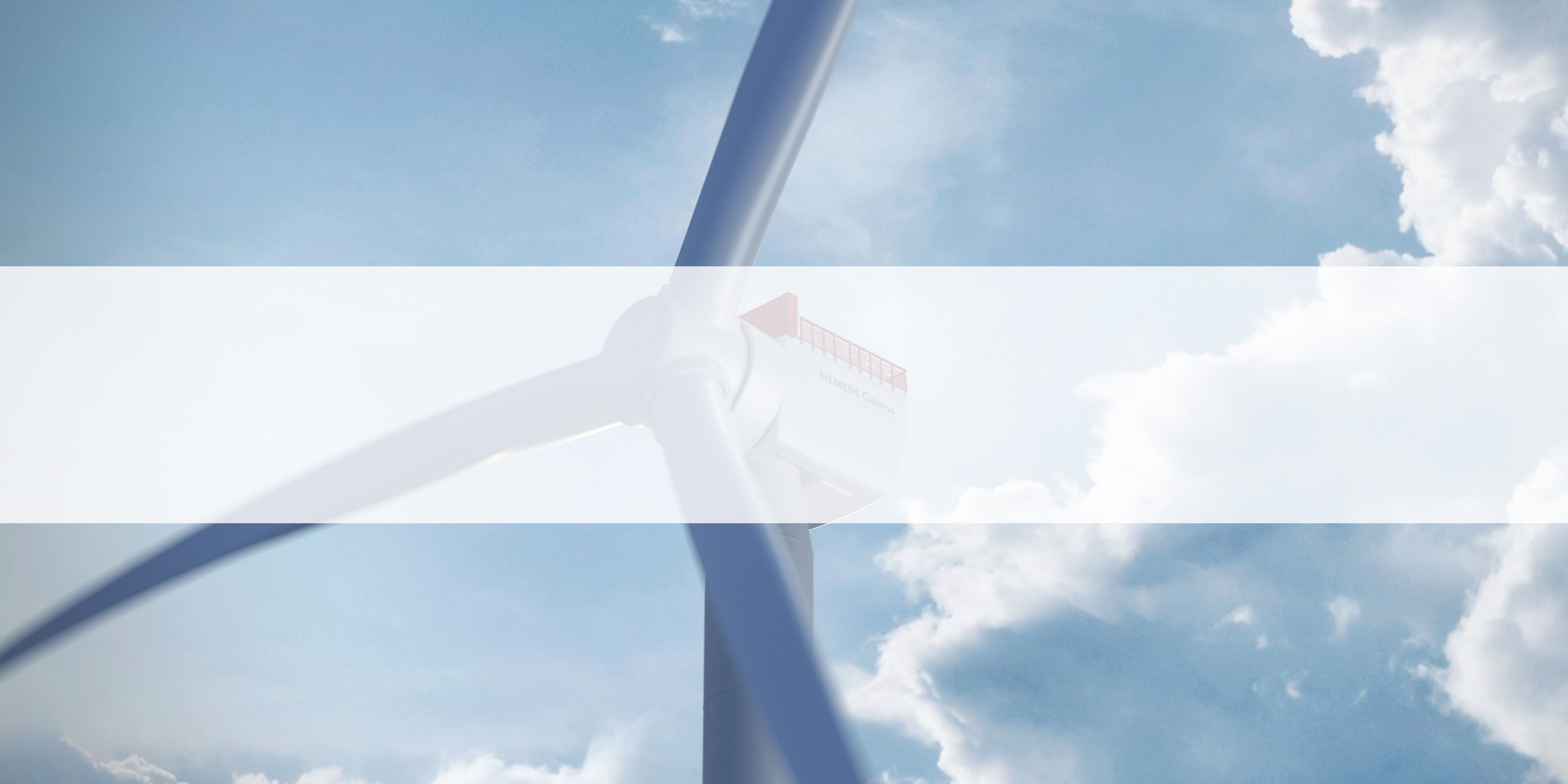
"The future of offshore wind technologies"
Morten Pilgaard Rasmussen, Offshore CTO, gives his perpective
Denmark / 4 March 2021
Climate change is the biggest challenge facing our generation, and action is urgently needed – we only have a few years left before it will be too late to reach the targets agreed in the Paris Agreement, which aims for a maximum temperature increase of 1.5°. The urgency only makes our efforts to develop and produce wind turbines even more important. Today, while offshore wind is competitive in comparison to all other energy sources, we are, as a leading offshore wind manufacturer, working together with customers and suppliers, as part of the solution to the climate crisis.

Morten Pilgaard Rasmussen
But what does the future of offshore wind look like? How big of a role can offshore wind play in concrete terms? And what technologies must be in place for such ambitious targets to be achieved?
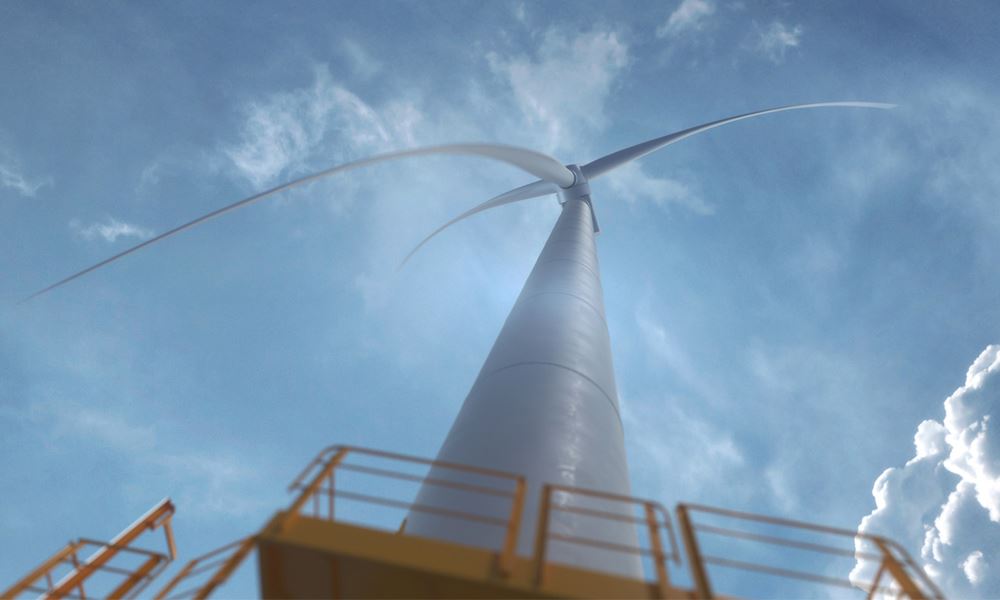
It is also a challenge to design the large blades, which must be able to withstand 25 years of operation in a tough offshore environment. At 11 m/s, approximately 520 tons of air will pass through the area of the rotor of 222 meters every second. In fact, on the 14 MW 108-meter blade, we have quadrupled the bending torque of the 75-meter blade, measured in newton meters, so that it is strong enough to counteract the necessary rotational force. To put it into perspective: if an arm is about one meter long and you spin a bottle with one liter of water in your hand, then the force pulling the shoulder is about 10 newton meters. For a 100-meter-long blade on a relevant sized turbine with a tip speed of about 100 meters/s, the force is about 70 million newton meters! So, a 108-meter blade, must be able to withstand huge power out at sea - where there are more windy days and 30% higher wind speeds than we have on land.
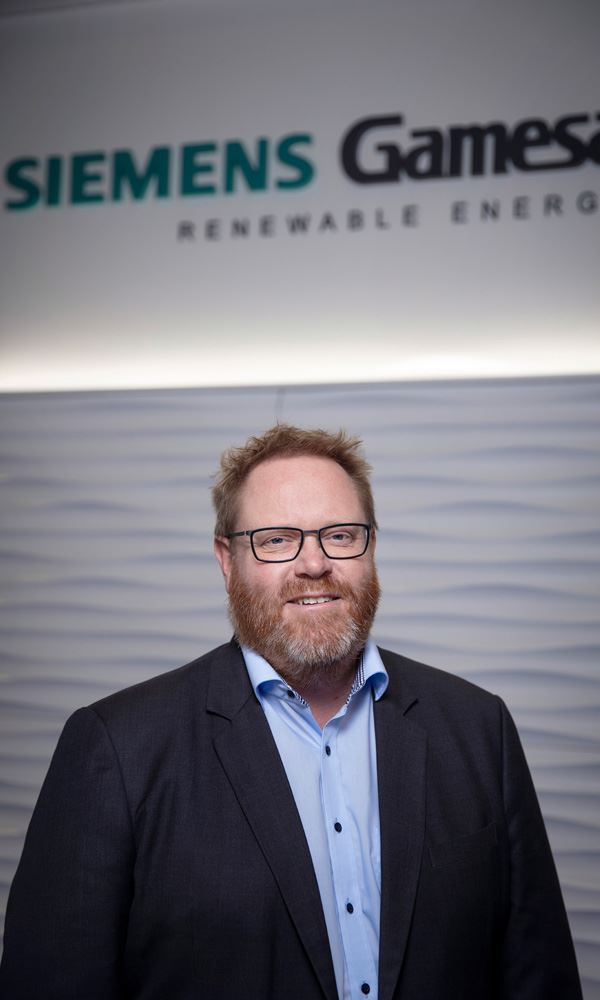
There may be different ways of making a floating foundation. Some concepts use the filling/emptying of ballast tanks to counteract inclination and dampen movements from, for example, wave loads – the wind turbine controller should be aware of this, just as the foundation controller should know when the wind turbine experiences wind loads. In other concepts, no active damping measures are expected.
Before we see large-scale deployment of floating foundations, however, there are a number of challenges that need to be addressed. The whole industrialization of the production of foundations must be raised to the same level as wind turbine production when the big projects get under way. We work with various solutions that we believe can help the whole industry in the right direction. In addition, the industrialization of cable solutions and anchorage solutions must also follow suit.
Production capacity for the production of large quantities of foundations is also a major factor. The way you produce jackets today requires both time and space. Several floating foundation designs are similar to jackets, and if you can optimize jacket production you can also optimize the floating foundation production. Today, the best jacket manufacturers can produce between 40 and 50 jacket foundations a year, and that does not extend to the large market we are looking into. We want to help them to produce 3-4 times as many foundations a year.
Innovations in floating offshore wind and hydrogen will also have synergies in the long run. When heavy shipping and aircraft need hydrogen as a component of their green fuels, we will need to use sites far out at sea with strong winds and large water depths. Under these conditions, grid connection is difficult, and this obstacle can be addressed by the use of hydrogen wind turbines that function in island mode.
There is a lot to do if we are to solve the climate crisis. Wind power - specifically offshore wind - can play a major role. Continuous innovation will be key to our success in converting the world to green energy.
